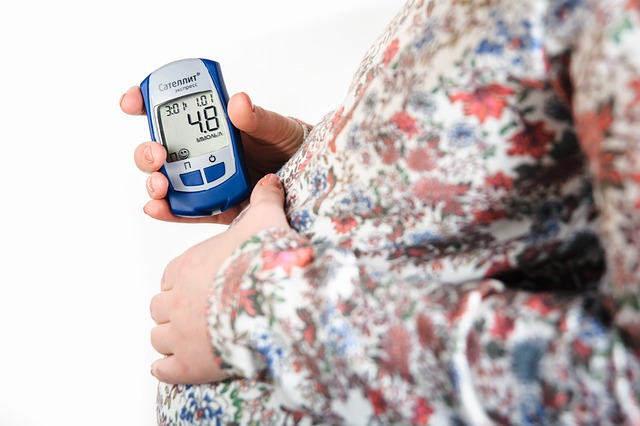Hey there! I wanted to share some cool insights from the Pacific Coast Reproductive Society (PCRS) annual meeting that a few of us attended this spring in sunny Palm Springs. Our team included myself, Dr. Max Thompson, Dr. Sarah Jenkins, and our genetic counselor, Laura Green.
Insights from Dr. Alex Rivera
One of the most fascinating talks came from Dr. Alex Rivera, a medical geneticist at UCLA. He discussed “Genetic and Parental Risk Factors in Autism,” which really opened my eyes. He defined autism as a spectrum of disorders that can make social interactions and communication tricky, along with some repetitive behaviors. According to a CDC survey, about 1 in 50 kids between 6 and 17 show signs of Autism Spectrum Disorder (ASD), and boys are four times more likely to be diagnosed than girls. Interestingly, there’s often overlap with conditions like schizophrenia and epilepsy.
Dr. Rivera mentioned that autism can sometimes be a symptom of genetic disorders, like Fragile X syndrome, which affects boys more due to their single X chromosome. He noted that 25-40% of autism cases can be linked to known genetic conditions or chromosome issues. Factors like maternal exposure to certain medications or infections during pregnancy also play a role. Plus, did you know that both maternal and paternal age can raise the risk of ASD? Children of dads over 40 are six times more likely to have ASD compared to those with younger fathers. This is something we need to consider, especially since many fertility patients are older.
Sperm Donation Challenges in Canada
Another eye-opener was a presentation on sperm donation in Canada by Dr. Jamie West. He explained how, due to the Assisted Human Reproduction Act of 2004, sperm donors in Canada can’t be financially compensated. This has led to a shortage, with only one sperm bank in the entire country! Most sperm used in Canada is imported from the U.S. There’s talk about making donor identities known to offspring, which has stirred up quite a debate. While some believe children have a right to know their biological parents, others worry this could limit donor availability and affect those needing assistance.
Embryo Biopsy Limitations
Finally, we learned about the challenges of biopsying blastocyst stage embryos for genetic testing. The typical method involves removing a few cells, but Dr. Lisa Hart from Johns Hopkins shared research on analyzing DNA from the blastocoel fluid without disturbing the embryo. Unfortunately, they found that the fluid didn’t contain the free-floating DNA they hoped for, which suggests it won’t be a reliable source for genetic testing. Still, it sheds light on how embryos can correct genetic issues from early development stages.
Overall, the meeting was enlightening and reinforced that we’re at the forefront of reproductive technology. Our lab team is committed to providing the best care and resources for healthy pregnancies. If you’re curious about fertility treatments or want to learn more, check out our other blog post about events we host or visit Make A Mom for great resources.
Summary
The PCRS annual meeting showcased significant advancements in understanding autism and sperm donation challenges. Important talks highlighted genetic risk factors for autism and the implications of paternal age. Additionally, the limitations of current embryo biopsy methods were discussed, ensuring we stay informed on the latest in reproductive technology.

